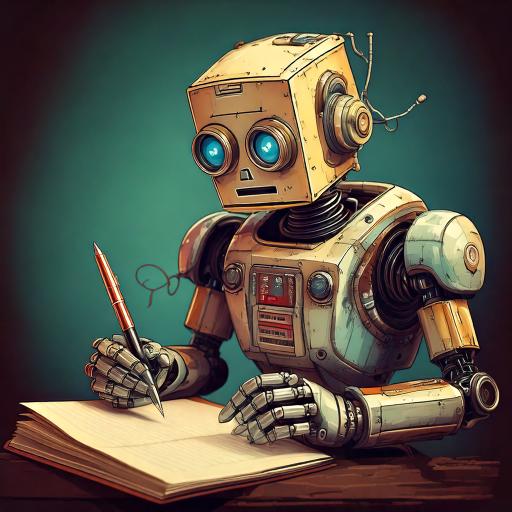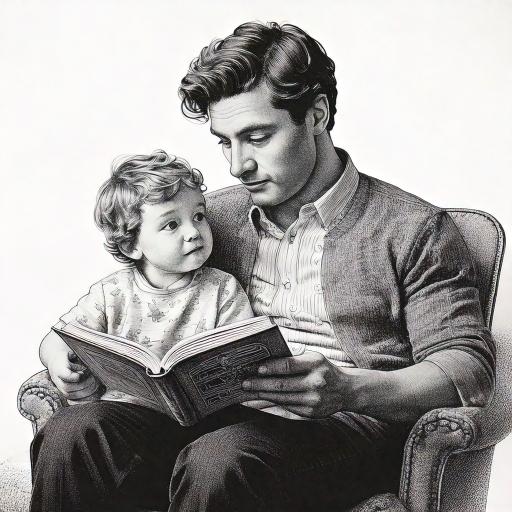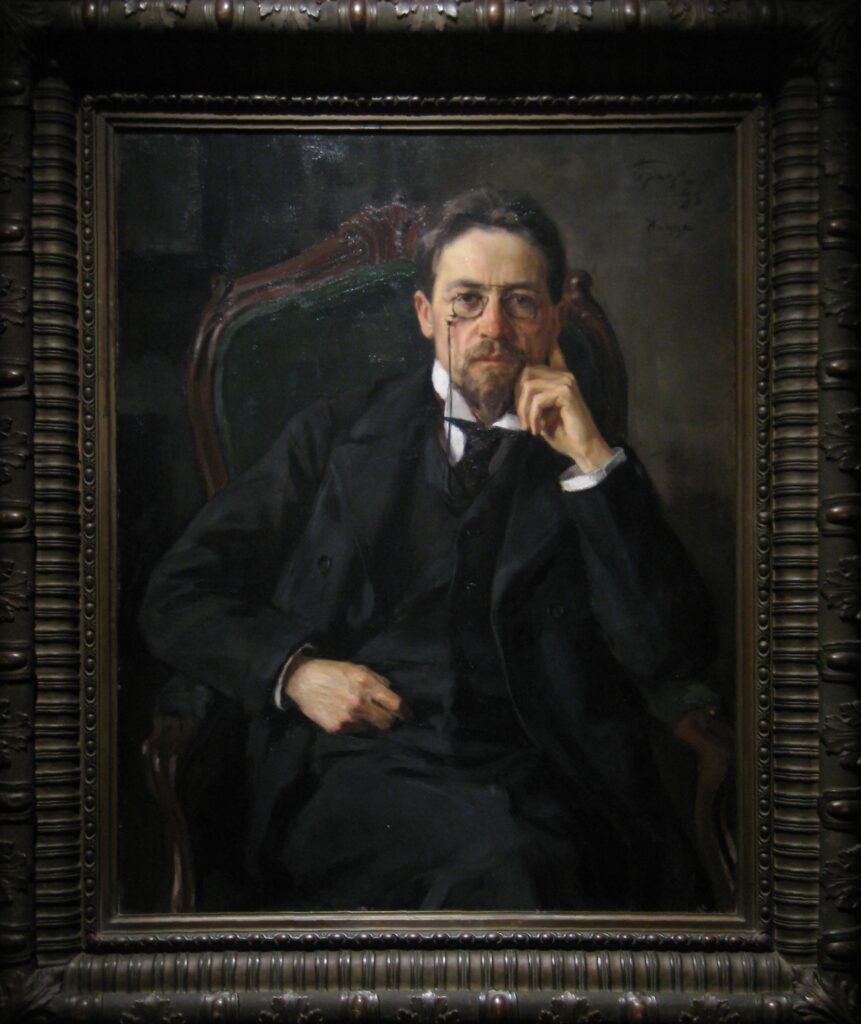Writing Tips
The Editor’s Job is to Ask Questions
I was talking with one of my editors this morning. She was worried her edits would not be helpful to the author. Her doubt stemmed from all the issues she’d flagged in the manuscript, like repetitive language, anachronistic details, and certain scenes that might ring false to readers informed on the topic. Because she didn’t…
Read MoreFrom the Archives: Call Your Work a Draft to Accept Criticism More Easily
If you call your work a draft, then you come to expect feedback and are more ready to make edits.
Read MoreOn Writing Slim, A Technique for Productive Writing
All credit to author Colleen Behnke for the term “writing slim.” She mentioned it to me as we discussed working together to publish her middle grade novel Marshmallow. I had asked her about her approach to writing, and she said she tends to “write slim.” I immediately connected to the term. It reminded me of…
Read MoreStumbling Over Pebbles—The Little Things in Stories
I’m going to write a little scene here, and I want you to tell me what you think about it. I stopped over to visit Jenny at her home a mile outside of downtown Milwaukee. She and her husband had bought the ten acres of land about four years ago and had built an intimidating…
Read MoreTrying Out “AI Proofreading” in Our Editing Process
I’ve yet to see any “intelligence” in so-called artificial intelligence (AI) tools, but I’ve tried out as many as I can to see if they can be useful in proofreading. For the most part, the tools do poorly. The problem is that they are focused on rewriting (or even writing from scratch) based on tone…
Read MoreSummary, Exposition, and Narrative
Facts and information! All books need them in order for the reader to understand the story. But deciding how to deliver them is often the difference between a book that’s a slog and a book where the pages turn themselves. Whether fiction or non-fiction, and with works for any age of reader, the writer’s ability…
Read MoreDetails, Juggling, and Chekhov’s Gun
Imagine you’re reading a story and learn in the first chapter that the protagonist does not speak. Maybe he can speak but chooses not to. Maybe he is unable to speak. No matter the reason, the fact remains. As we readers assess this story, we are immediately intrigued! How did the protagonist get this way?…
Read MoreWhoa Writing: Crafting Four-Dimensional Characters
Writing advice often stresses the importance of writing three-dimensional characters. These characters are “fully fleshed out,” which is a really creepy metaphor if you think about it for too long! They feel like “real people” because they have flaws and biases and personalities and backstories and all the other things that we know about real…
Read More







